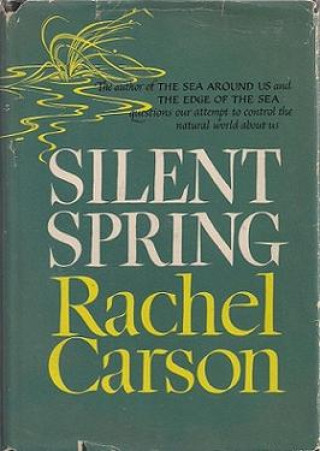When Rachel Carson’s Silent Spring came out in 1962, many Americans were horrified to learn about the dangers to humans and other life posed by pesticides. Critics quickly pushed back, and, as environmental historian Maril Hazlett writes, they did so in tremendously gendered terms, depicting Carson and the women who were moved by her messages as over-emotional and irrational.
Carson, a biologist by training, made the case against the pest-control methods used at the time. Her book presented the relationship between humans and nature in a groundbreaking way. Hazlett notes that many readers cited a passage describing how the same man-made chemicals were found in “fish in remote mountain lakes, in earthworms burrowing in soil… in the mother’s milk, and probably in the tissues of the unborn child.” Given such immense complexity, Carson pointed out that contemporary scientific knowledge was far too limited to justify enormous chemical interventions in the natural world.
Some scientists embraced Carson’s notion that the public must be included in evaluations of ecological dangers, which had previously been limited to industrial and agricultural representatives and government officials.
But other scientists, along with industry representatives, government personnel, and segments of the media, pushed back with a vengeance. A review in Time accused Carson of being “hysterically overemphatic” with a “mystical attachment to the balance of nature.” A cover illustration for the industry magazine Farm Chemicals depicted a witch on a broomstick, clearly referring to Carson. Dr. Robert Metcalf, vice-chancellor of the University of California at Riverside, asked whether “we are going to progress logically and scientifically upward, or whether we are going to drift back to the dark ages where witchcraft and witches reign.”
A cartoon in the Des Moines Register titled “Backyard Battle” made the gendered aspect of the debate clear. A male scientist brandishes a can of bug spray against an imposing woman in a housedress, who wears a gas mask and carries a paper titled “The dangers of poison sprays.”
